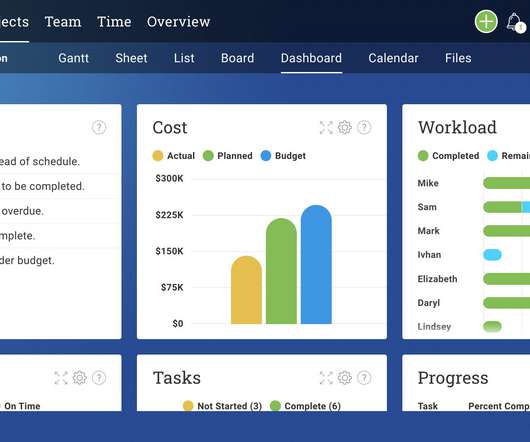How to Use the Ishikawa Fishbone Diagram as an Awesome Problem-Solving Tool
Project Bliss
OCTOBER 22, 2018
An easy explanation of how to use this powerful problem-solving tool with a simple fishbone diagram example. And a super simple one is the Ishikawa fishbone diagram. It was named after Kaoru Ishikawa who first wrote about it in the 1960s. The fishbone diagram is a great problem-solving tool.





















Let's personalize your content